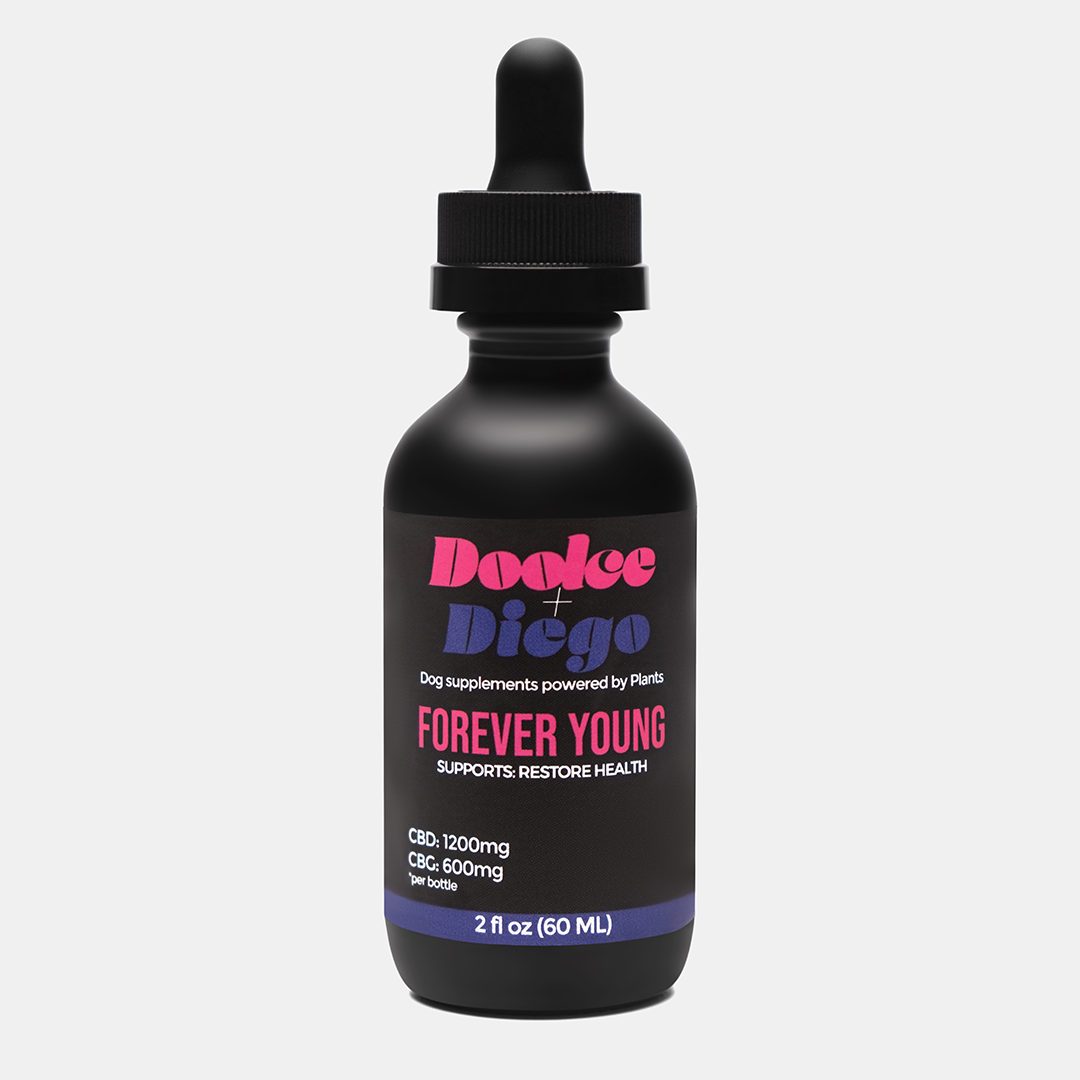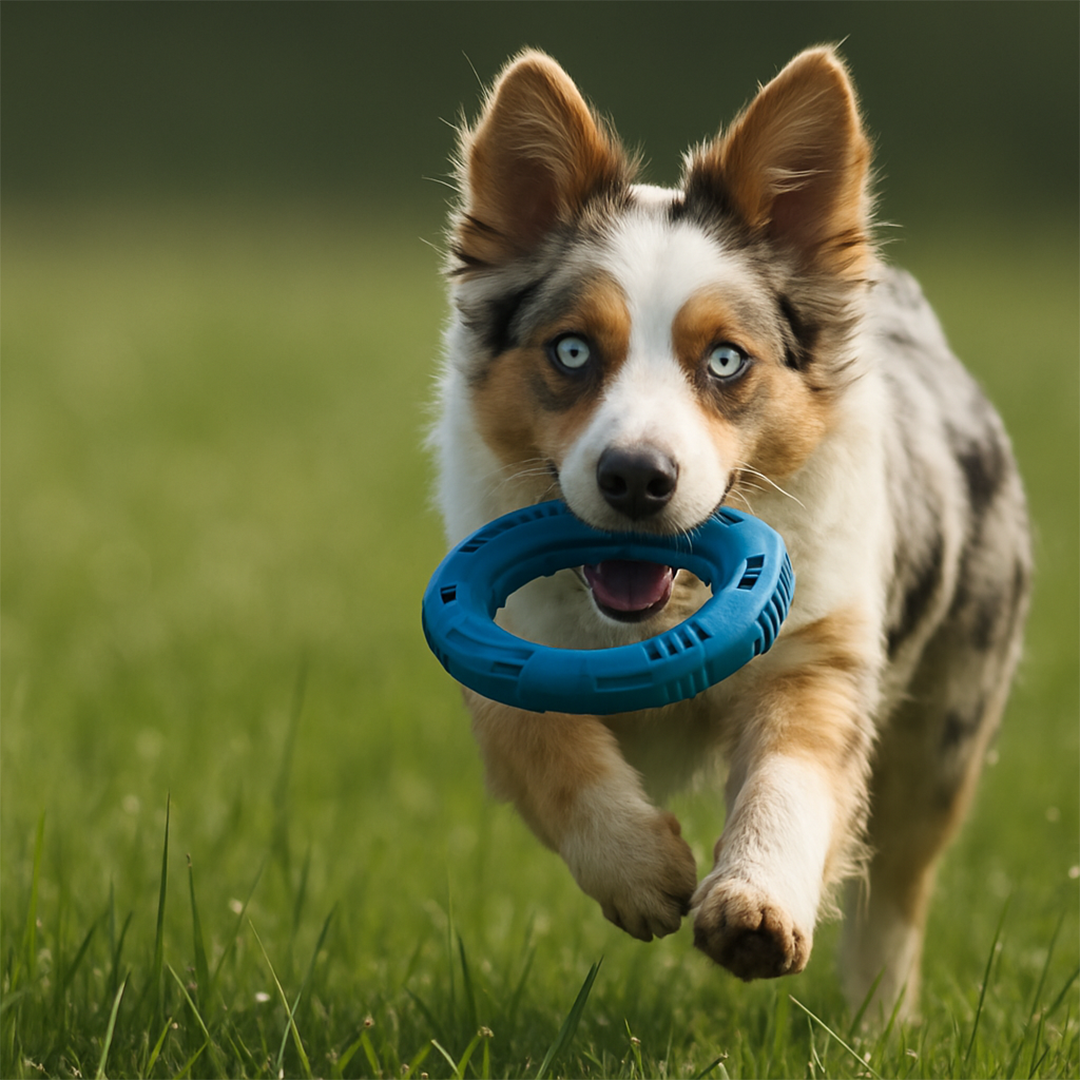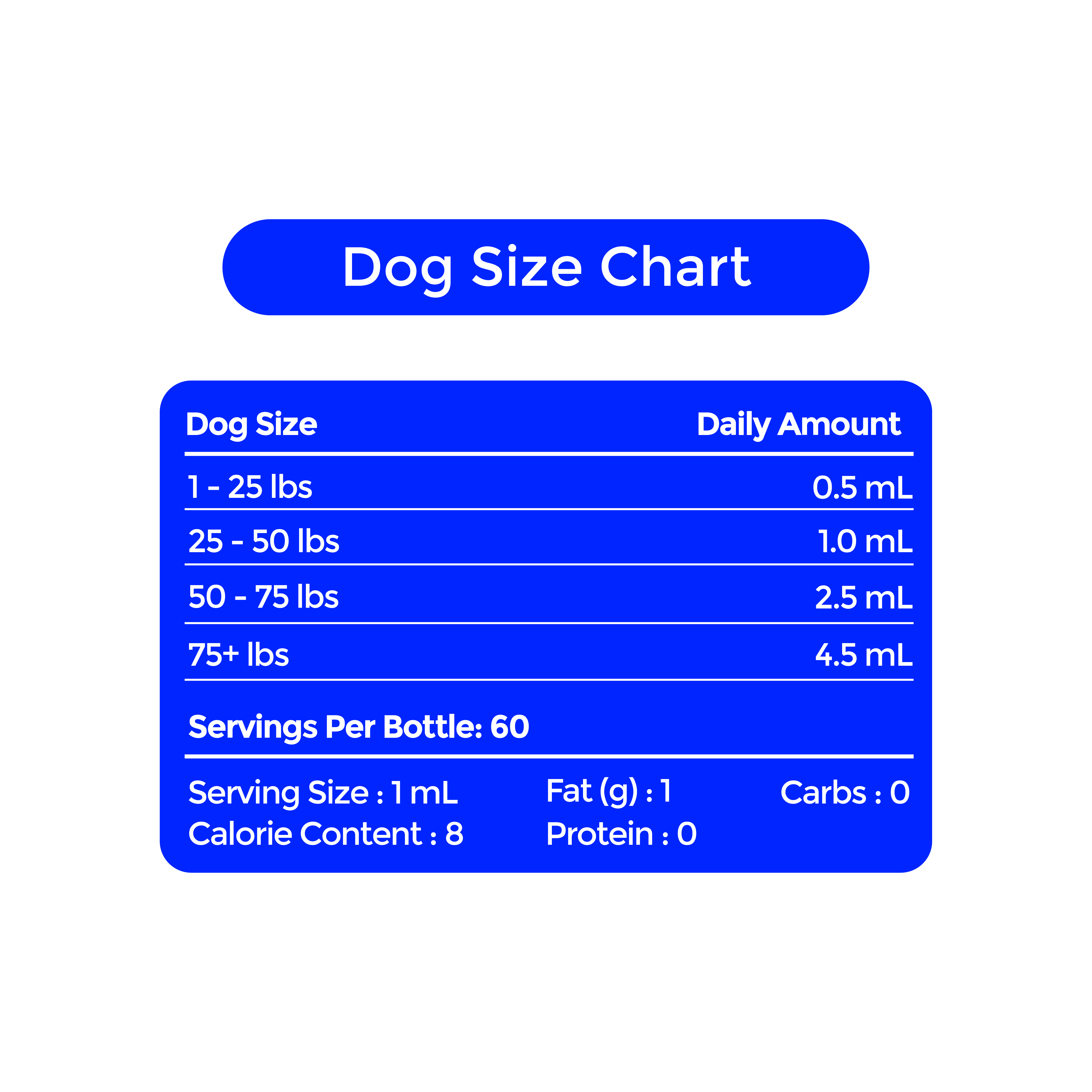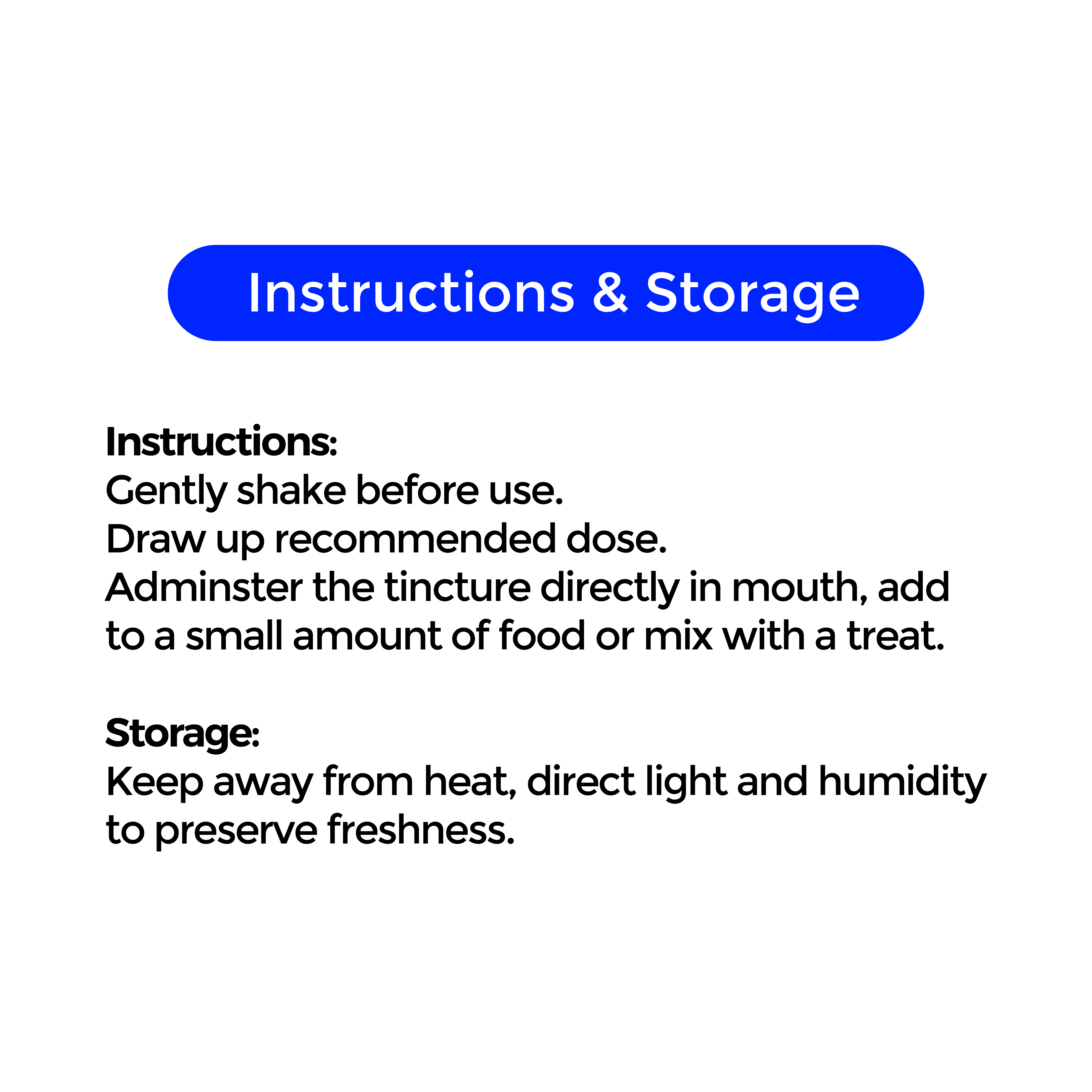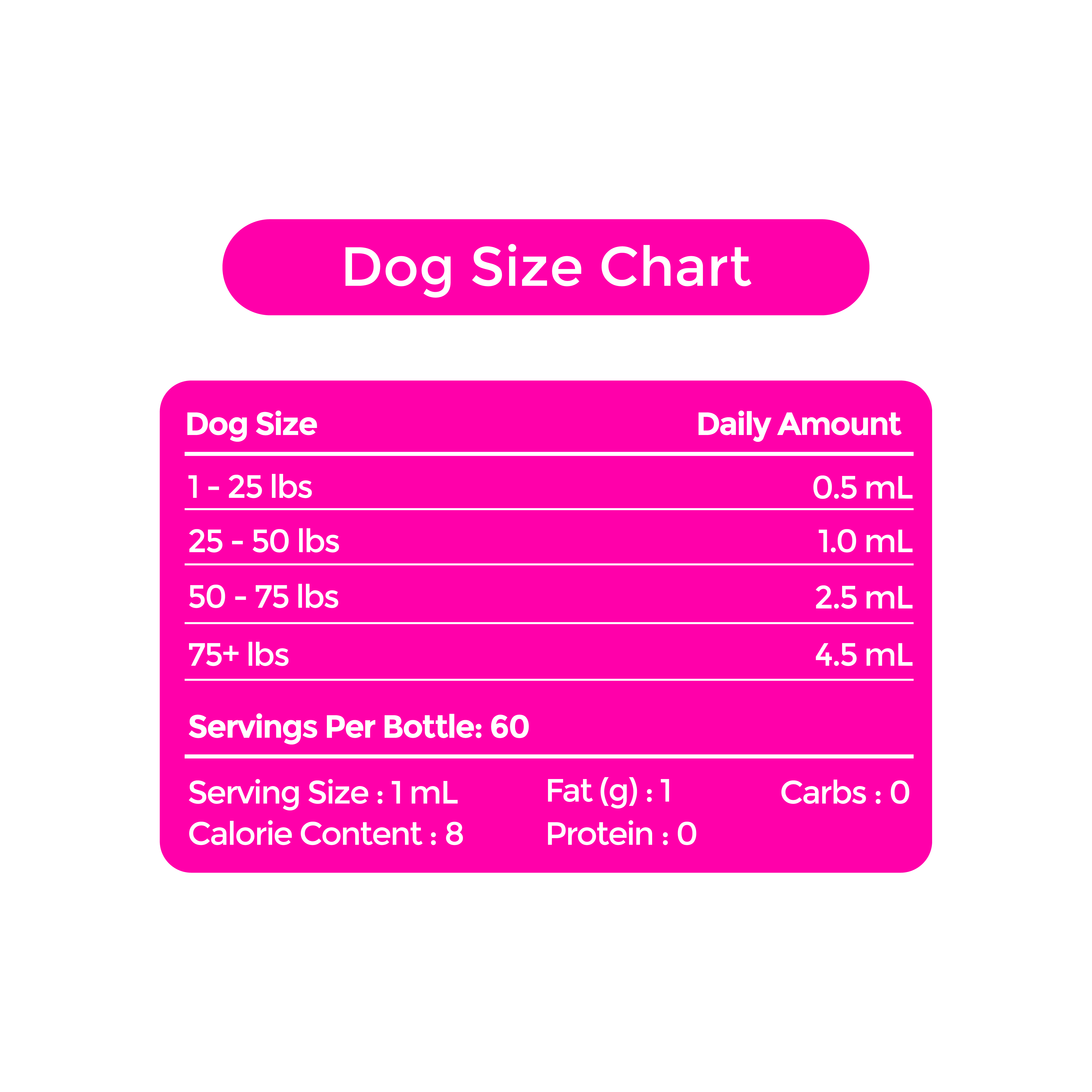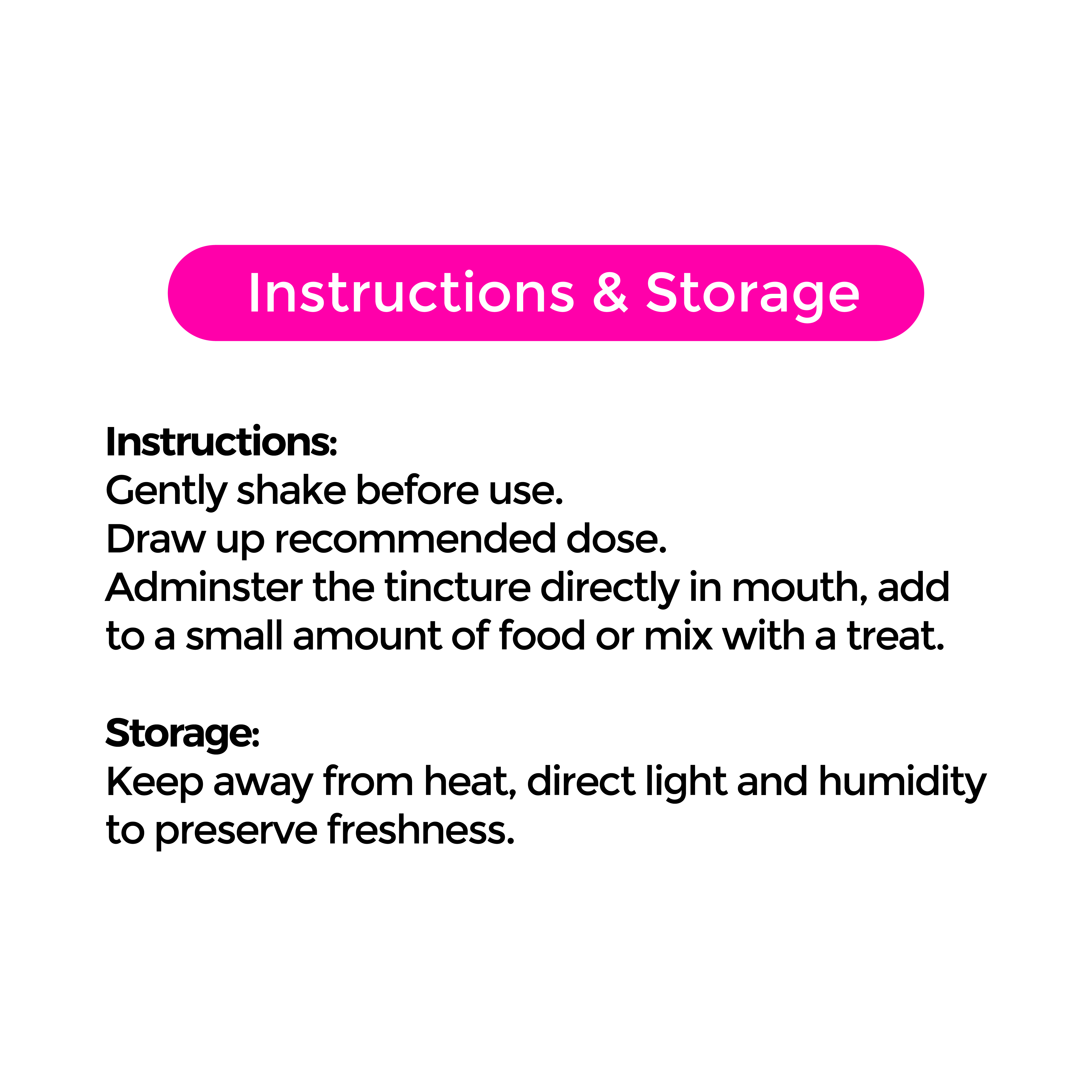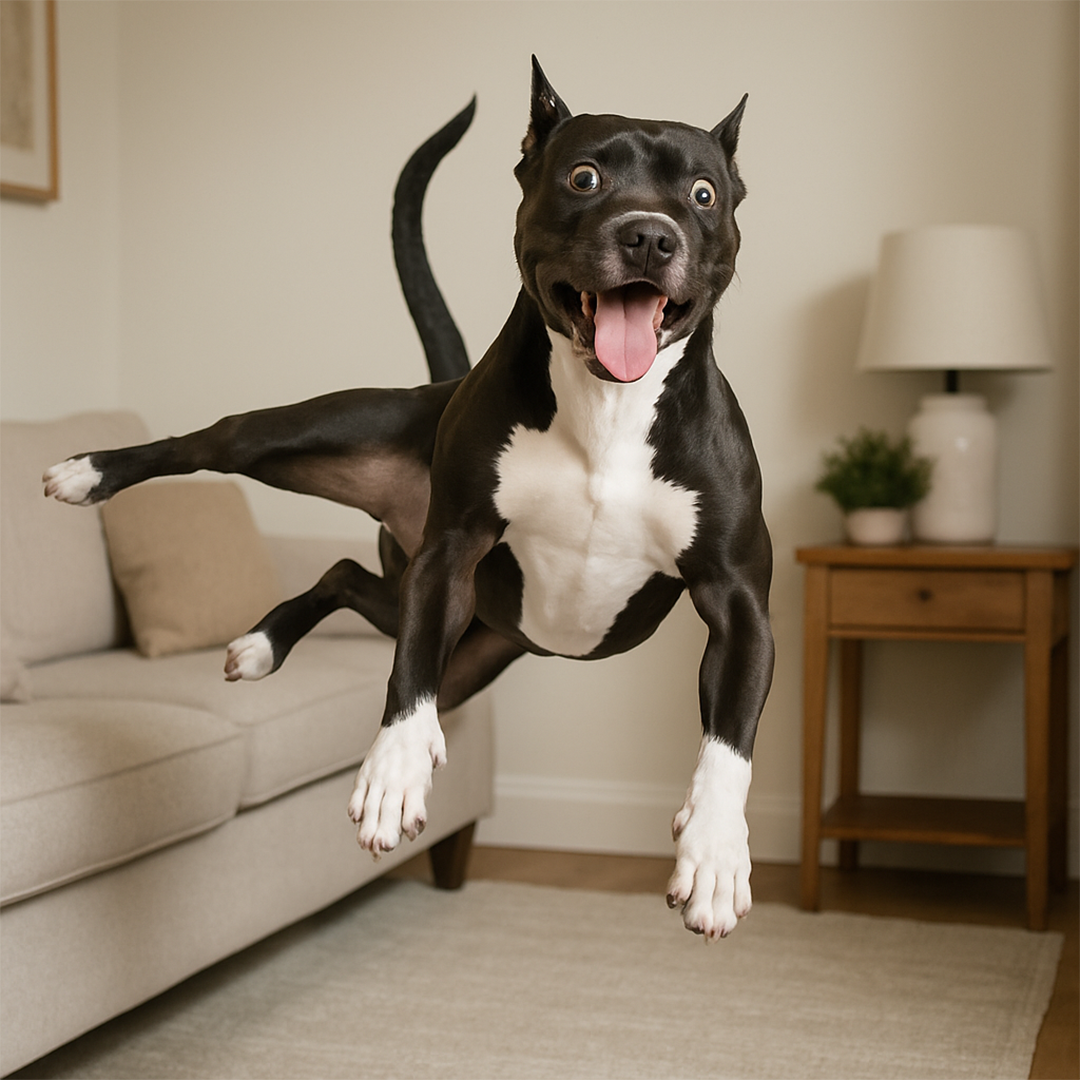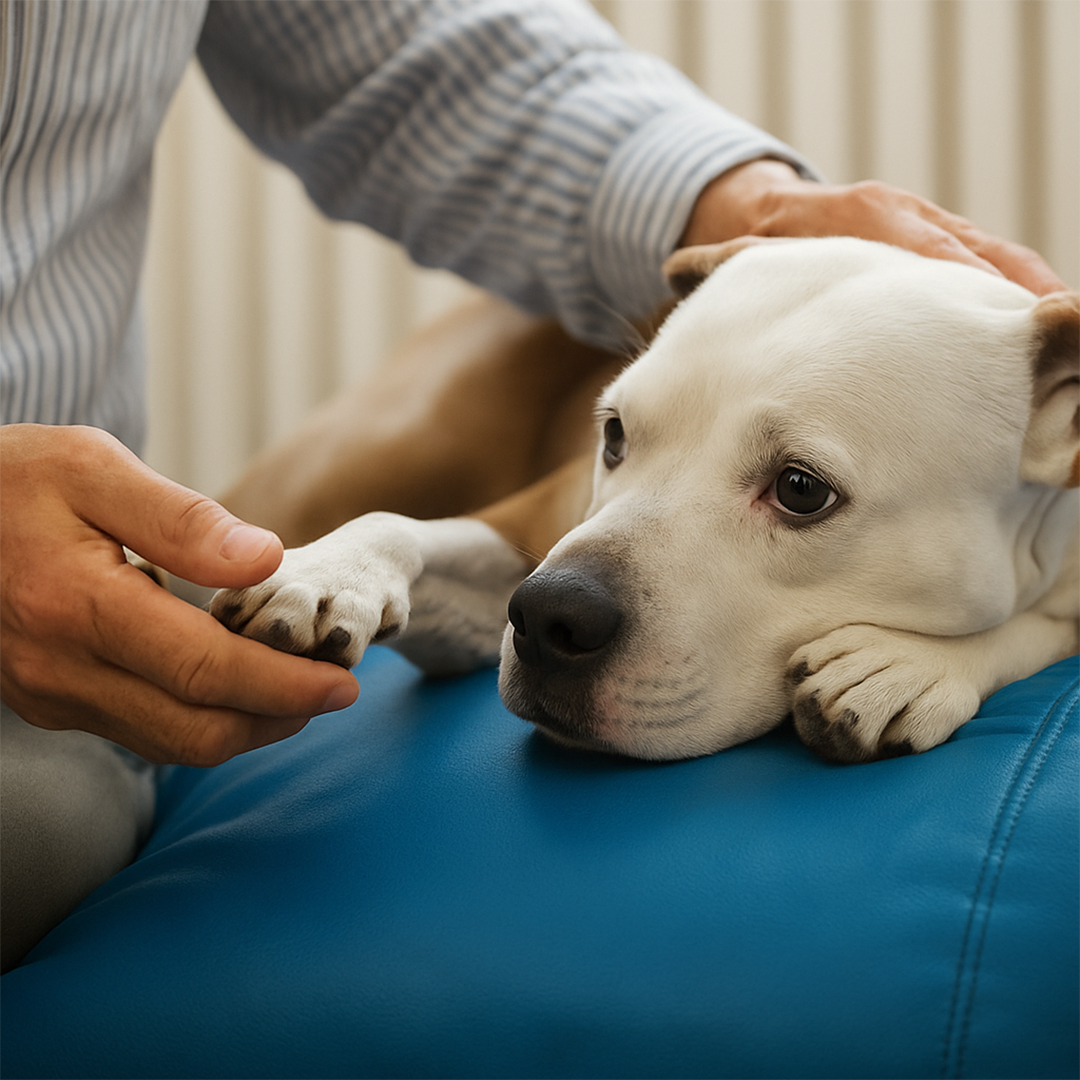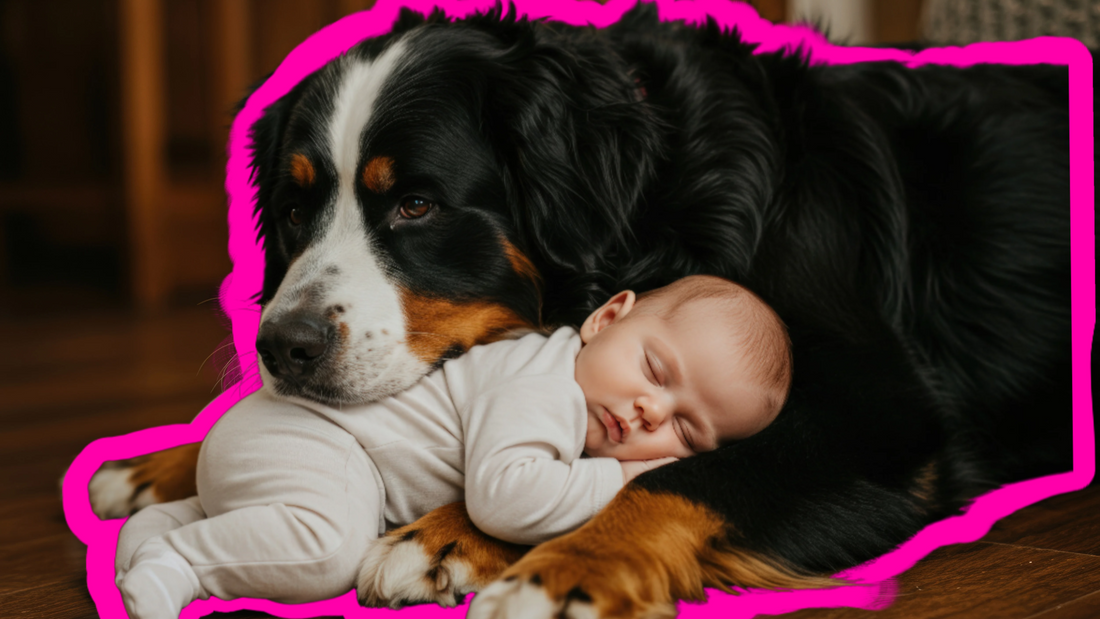
Introducing Your Dog to a New Baby: How to Keep the Peace at Home
Why This Transition Matters
Dogs are pack animals. When a new “pack member” arrives, their instinct is to figure out where the baby fits in the hierarchy. Done wrong, this can trigger anxiety, jealousy, or protective aggression. Done right? Your dog becomes your baby’s first best friend.
1. Start the Prep Before Baby Arrives
- Change routines early. If your dog’s walk schedule will shift, practice the new times now.
- Desensitize to baby gear. Strollers, swings, crying soundtracks—let them explore and sniff.
- Set boundaries. If there will be off-limit zones (nursery, crib), enforce them before the baby comes home.
👉 Think of this as a “trial run” for your dog—no surprises when the real thing starts.
2. Make the First Meeting Calm, Not Cinematic
Forget the viral TikToks of dogs rushing to lick newborns. The goal is calm curiosity.
- Have someone else hold the baby while another person manages the dog on leash.
- Reward calm behavior with treats or praise.
- Keep it short and positive. End on a win, not overstimulation.
3. Watch for Stress Signals (Your Dog’s, Not Just Baby’s)
Dogs don’t yell “I’m stressed.” They whisper it through body language:
- Lip licking, yawning, avoiding eye contact
- Pacing, whining, or hiding
- Stiff posture or growling
🚨 These are early warning signs. If you see them, increase distance and give your dog a break.
4. Reinforce the “Good Vibes Only” Rule
- Pair baby’s presence with positives—treats, calm praise, chew toys.
- Keep your dog’s exercise and enrichment consistent. A tired dog is a relaxed dog.
- Never punish for being curious. Redirect with structure instead.
5. Build the Bond Over Time
Think of this like a slow-burn friendship, not a love-at-first-sight romance.
- Supervised floor time: dog nearby but not climbing on baby.
- Gradual exposure: short sessions → longer hangouts.
- Respect boundaries: your dog should always have a safe retreat spot.
Final Tip: Your baby doesn’t just need a sibling—they need a four-legged protector and friend. Help your dog step into that role by making the introduction a thoughtful, safe, and positive experience.
For more no-BS wellness insights → Bark Times


